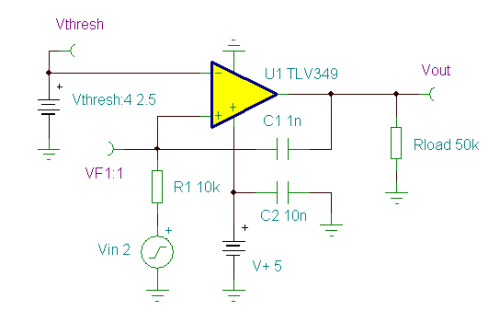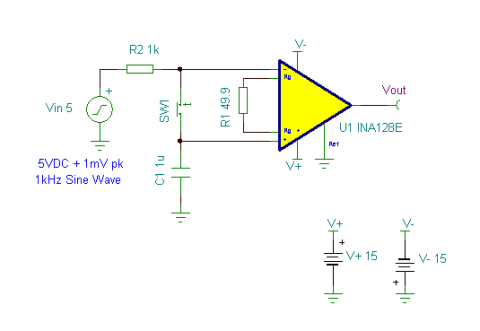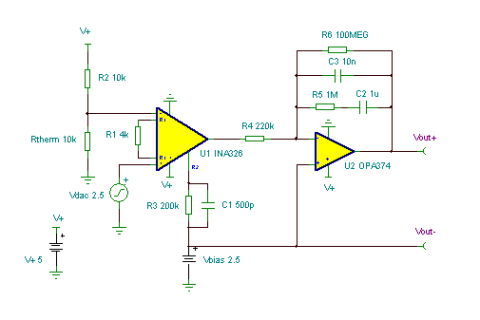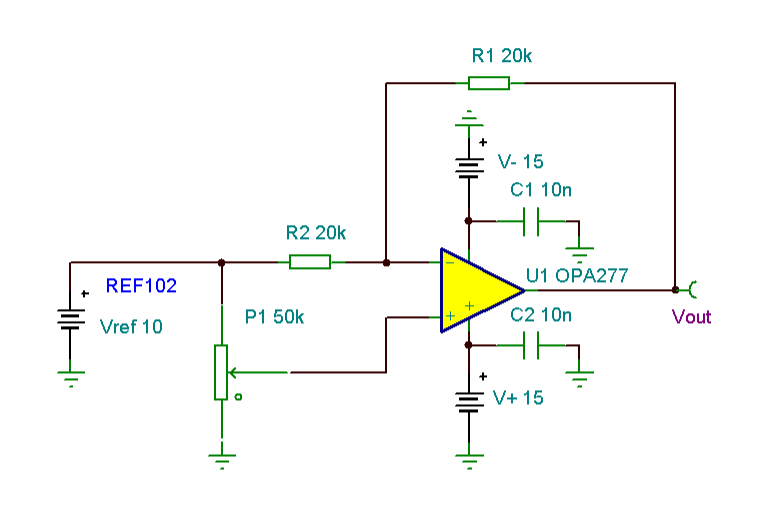Comparator With AC Hysteresis
Using AC hysteresis solves the threshold offset problem caused by conventional DC hysteresis. Place a small capacitor to feed back the output edge transition into the comparator non- inverting input to provide momentary positive feedback. This sharpens the comparator response as well as reducing the tendency to “chatter” at the switching point. If the RC time constant of R1C1 is << the waveform period, the comparator trip point hysteresis will have settled back to 0V by the time the next threshold- crossing takes place. (Circuit is created by Neil P. Albaugh TI- Tucson)
Comparator With AC Hysteresis circuit:

Online Simulation of a Comparator with AC Hysteresis circuit
The great feature of the TINA circuit simulator that you can analyze this circuit immediately with TINACloud the online version of TINA. Of course you can also run this circuit in the off-line version of TINA.
Click here to invoke TINACloud and analyze the circuit yourself, or watch our tutorial video!
You can send this link to any TINACloud customers and they can immediatelly load it by a single click and then run using TINACloud.
Michael Koltai
www.tina.com




